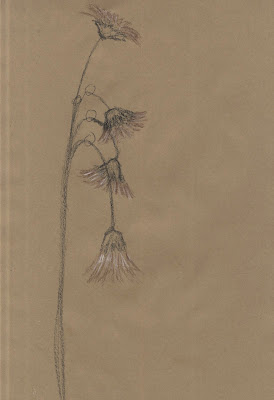2 PM Lighted Section on September 21st

We are, according to Plato, chained in a cave with limited vision and a disillusioned notion of reality. In his Allegory of the Cave, Plato explores this concept and imagines what it means to be in the dark and what it means to experience the light. It is believed that we must leave the cave and enter the light to become knowledgeable, that wisdom is found by venturing out into a new place. However, this knowledge - whatever is illuminated by the light - must be brought back into the darkness and taught to those still chained.
This project centered around creating a library space with a secondary museum program displaying three found artifacts (Mastodon bones, a primitive hut, and the remains of a human skeleton). Using Plato's Cave as a platform for program, specifically the notion that knowledge must be spread in the darkness, I created a building completely underground. Visitors to the library must descend into the Earth to find books and acquire knowledge. As the program descends farther into the Earth, the more personal the experience becomes. It is then, after studying that one exits through the gallery spaces by ascending towards ground level and into the light.





































